Sometimes a good, brisk pace is great. It warms you up, gets the blood pumping, energises your muscles and keeps your ticker healthy. But sometimes, everyone needs to slow the heck down and just… bimble.
Or mosey. Or saunter. Or dawdle.
Walking without rushing is an art, and it serves great purposes. At LFTO (and especially on its sister magazine, Country Walking) we call this bimbling. According to the OED, the word ‘bimble’ only appeared in the 1980s, possibly as a more positive variation of ‘bumble’. And it’s a word we love very much.
What is bimbling?
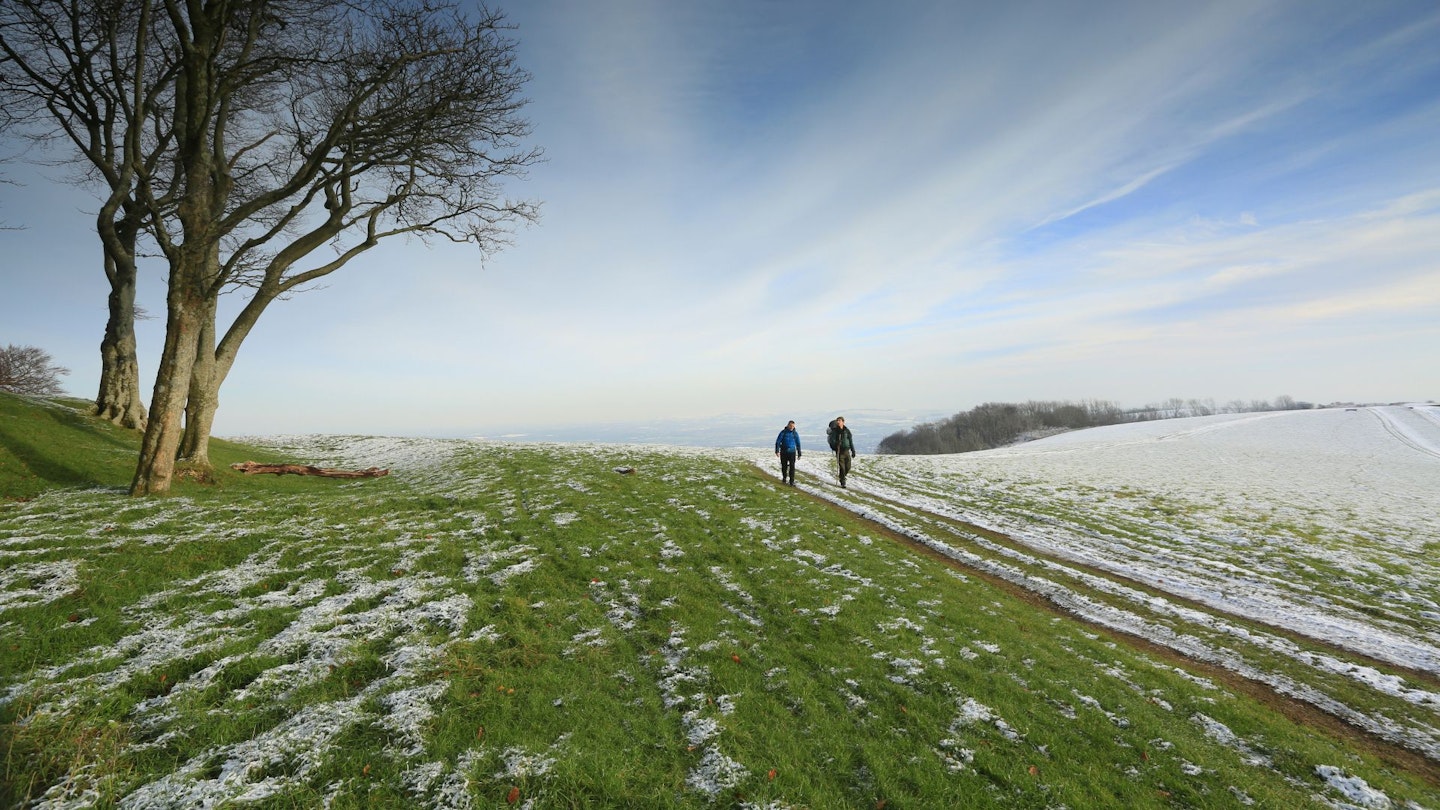
On the one hand, bimbling can be aimless: lolloping along, lost in thought or (even better) just enjoying the ambient sensations, with no particular destination or route in mind.
That’s when we really disconnect from our screen-centric lives and let our bodies and brains recover from everything the 21st century seems to expect of them.
But there can also be a great focus and discipline to bimbling, too: the deliberate and careful act of noticing your walk.
The focus could be inward: being in the moment; being self-aware; clearing your head; seeking mindfulness. Or it could be outward: the determination to observe, record and appreciate every whisper, trickle and chirp of the environment around you.
History's notable bimblers
The latter is what esteemed nature writer Richard Mabey calls micro-walking: taking a short route, perhaps even just around a field edge, but making it last an hour or more, and giving time and focus to everything you notice.
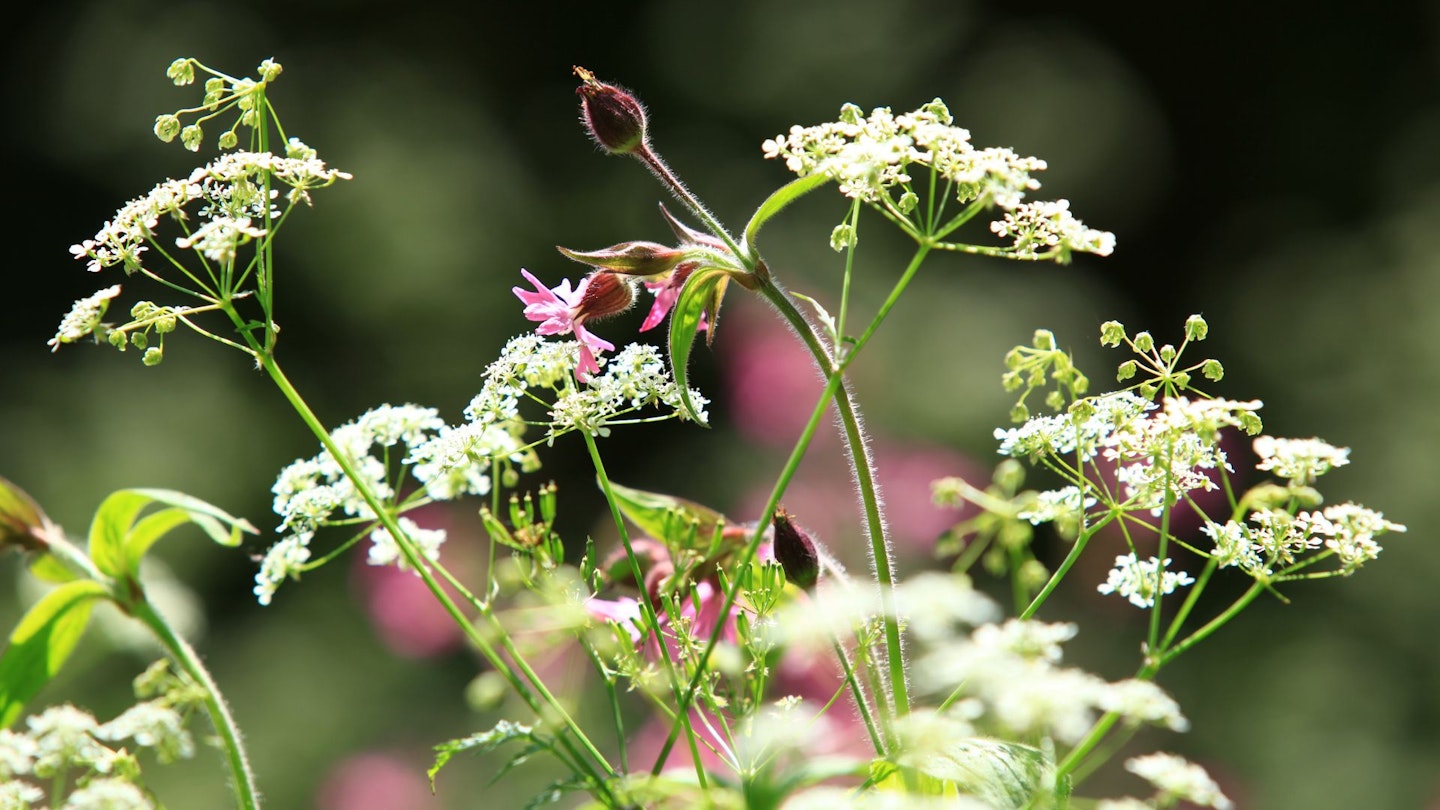
A scurry in the hedgerow? Stop, lean in, see what it might be. Birdsong overhead? Stop, listen; if you don’t know what species is singing, find an app to help, or just record it, take it home and research it later.
Ask what the crop is; see how the land use changes from one fenceline to the next. See where limestone gives way to clay, or sandstone to granite. Crouch down, look hard. Open your nostrils to the layers of scent and work out what each one might be (unless the muck-spreader has just gone past, obviously).
“A voyage through the liminal landscape between crop, path and boundary can have all the scope and nuance of a great trek. All you have to do is adjust your sense of scale.”
– Richard Mabey
Landscape photographer Joe Cornish has similar sentiments: “I learned long ago to walk slowly and see more. If something catches your eye and you want to observe it or photograph it, don’t worry about bashing on with the walk. Stop and let this sensation have its moment. Edit the walk if you need to, because your response to what you see is at least as important as getting somewhere.”
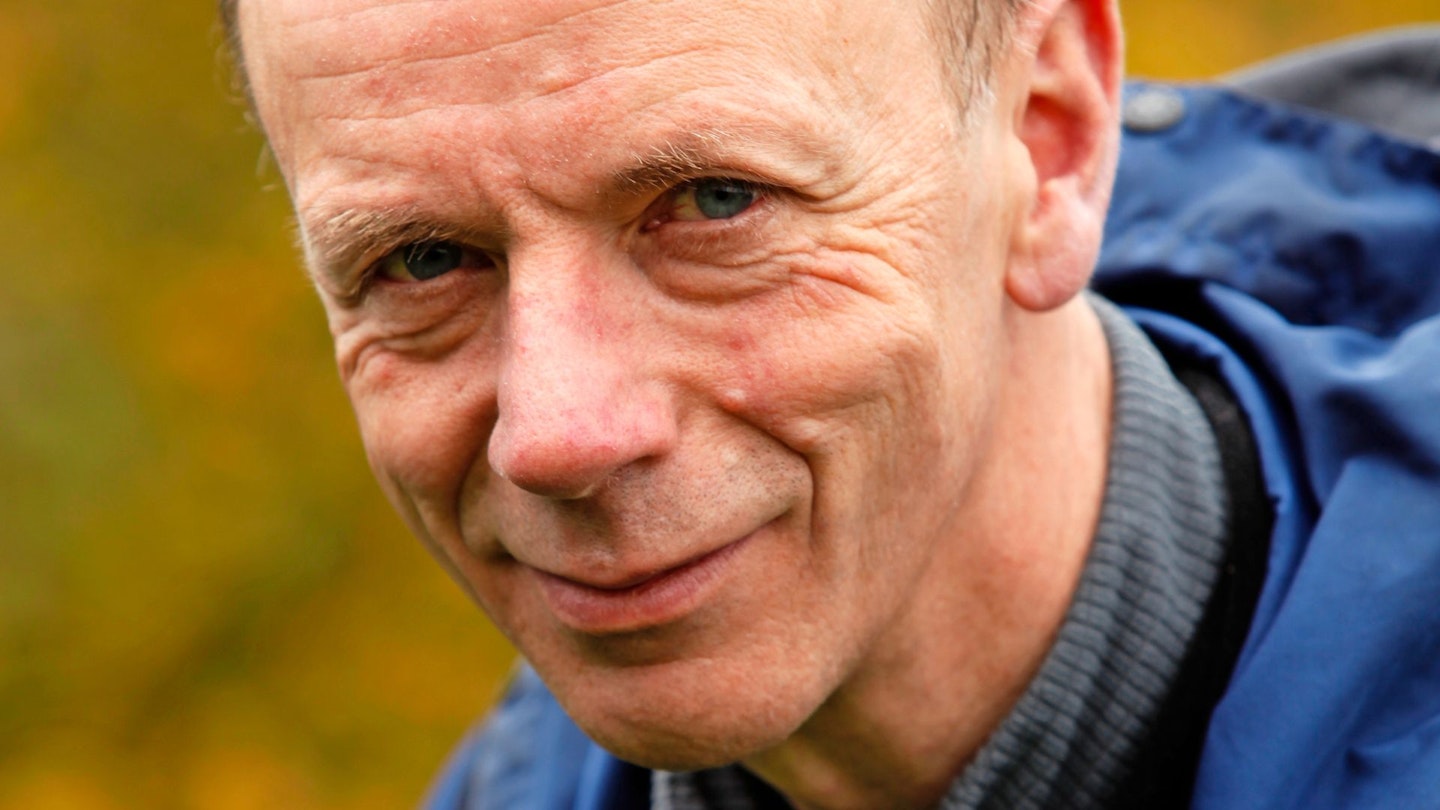
Yet another fan of the slow walk is wildlife presenter Simon King, who says perspective is everything. “I like short walks because I like stopping. Occasionally I like to flip myself upside down using a gate,” he explains.
“It’s remarkable to watch the earth and the sky change places. It’s like an instant reset button for your senses. And of course it puts your eyes closer to the ground. I can’t count the number of times I’ve seen a field mouse or badger track while inverted that I might have missed completely if I was stomping along, right way up.”
But the trailblazer of slow, studied sauntering was the 19th-century poet John Clare. The son of a farm labourer, he developed an unquenchable passion for the countryside, and specialised in walking slowly and ‘dropping down’ – getting down on hands, knees or even belly to observe with an animal’s-eye view.
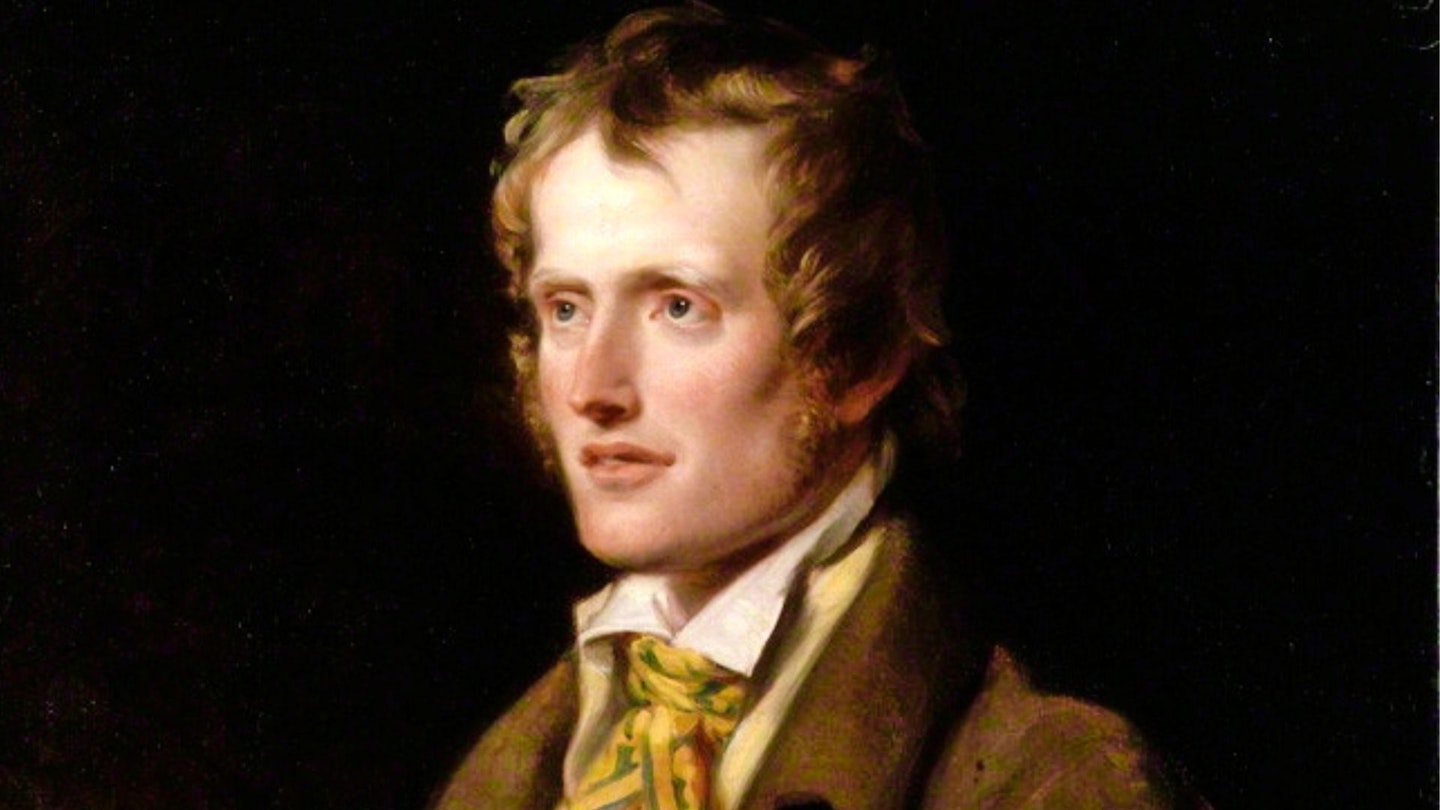
He imagined being a ladybird (or a clock-o’-clay, in his East Anglian dialect) in the bell of a cowslip, and his poem The Nightingale’s Nest sees him nosing into the titular bird’s nest after it has flown, to conduct an architectural appraisal of its interior that Kevin McCloud would be proud of:
“…Part aside
These hazel branches in a gentle way,
And stoop right cautious ’neath the rustling boughs,
For we will have another search to day,
And hunt this fern-strewn thorn-clump round and round.”– John Clare, _The Nightingale’s Nes_t
No pressure, though
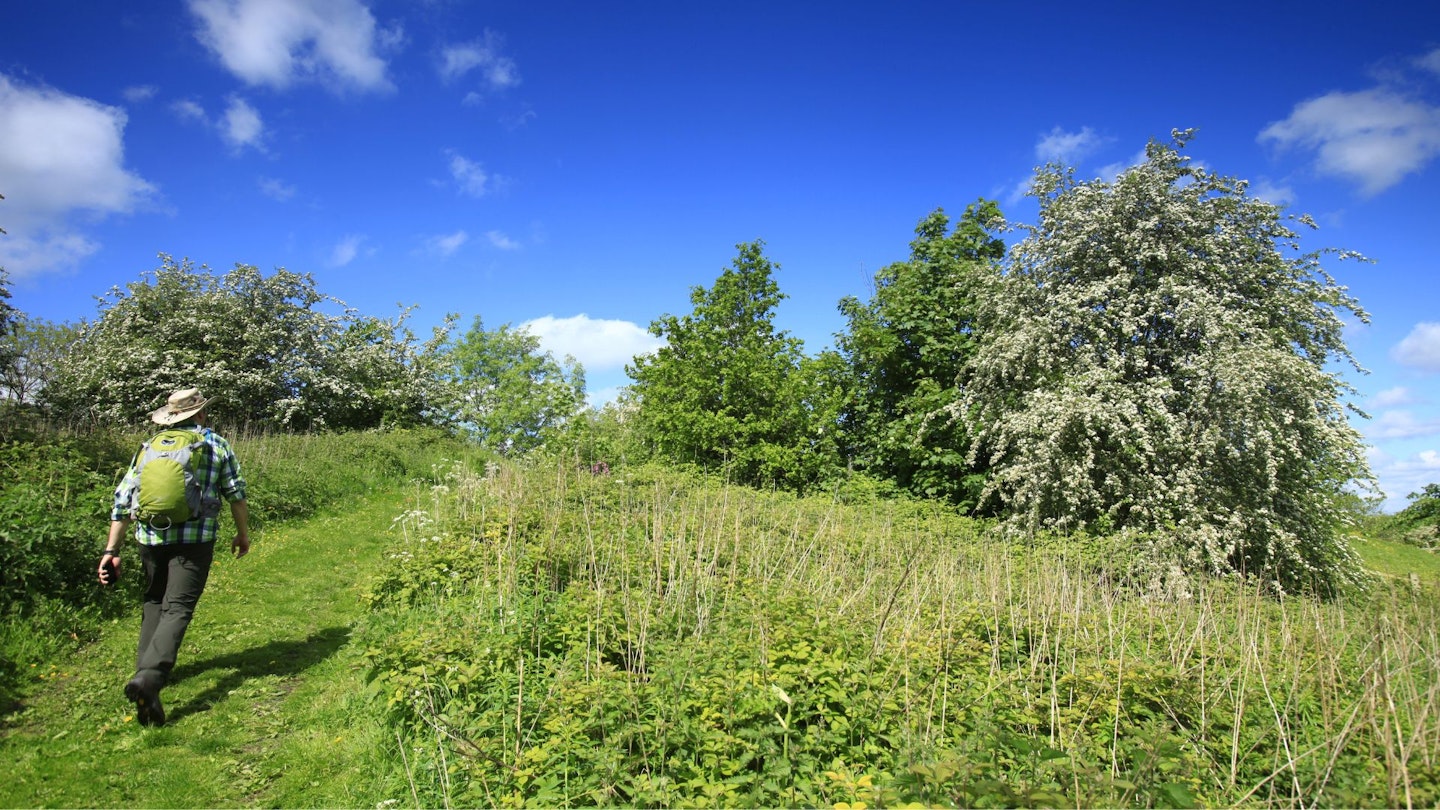
If all that observational effort sounds a bit disciplined and demanding, don’t worry; there’s always that free and aimless side of bimbling, where you simply wander as far as your thoughts and your limbs want to go. That’s just as good.
To quote that other great philosopher-poet Ferris Bueller: “Life moves pretty fast. If you don’t stop and look around once in a while, you could miss it.”
Last thought: it’s fascinating how many synonyms we have for the concept of walking in a slow, relaxed and pleasurable manner. Bimble, saunter, mosey, amble, dawdle, stroll, drift, potter, pootle, promenade, lollop, meander, ramble, roam, stravaig, wander.
That’s more synonyms than there are for most of the other types of walking put together, and a lot more than there are for walking fast or running. An abundance of synonyms signifies an abundance of usage. It means a lot of people must love the concept of going slow and enjoying it.
And we do.
About the author
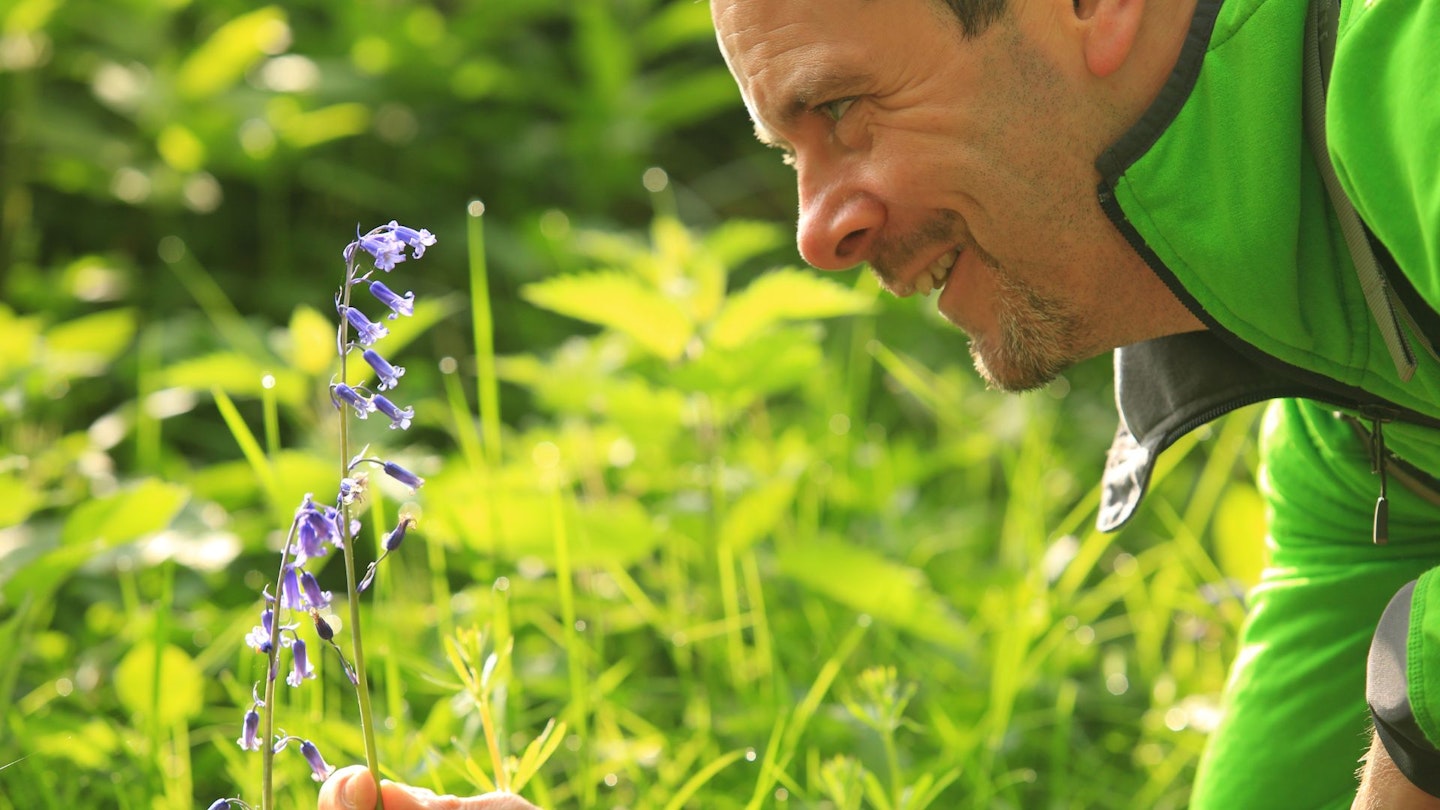
Nick Hallissey is a writer and editor with a passion for wildlife watching, slow walks and meaningful storytelling. A regular contributor to Country Walking and Trail magazines, he brings his trademark pizazz to Live for the Outdoors through occasional trail running shoe reviews, hiking advice, and sober, reflective features on everything from belly-down poets to modern rewilding projects.
